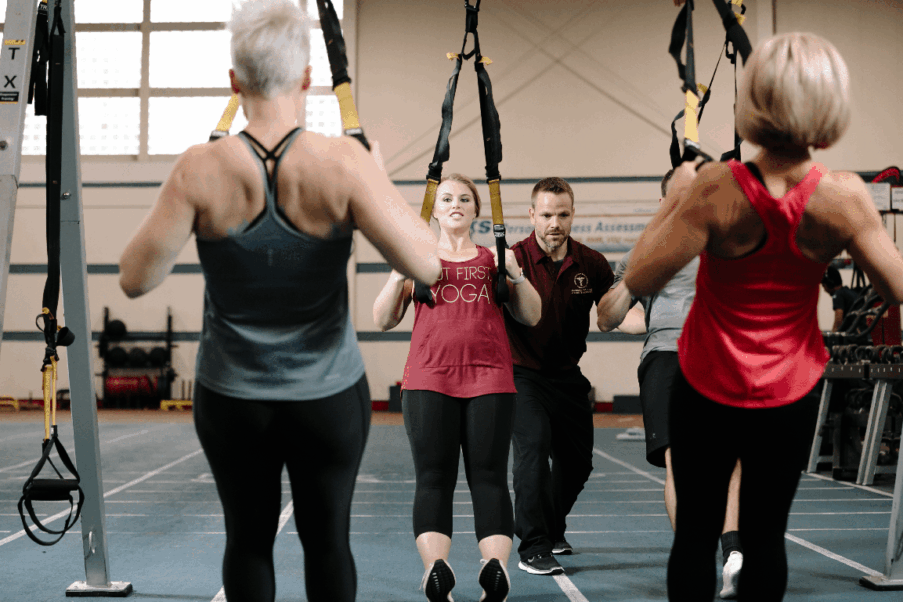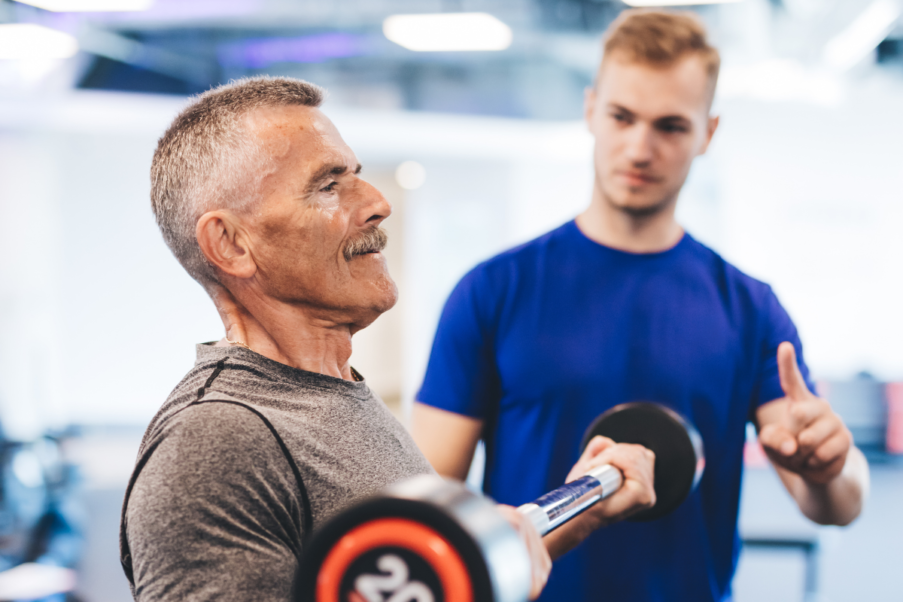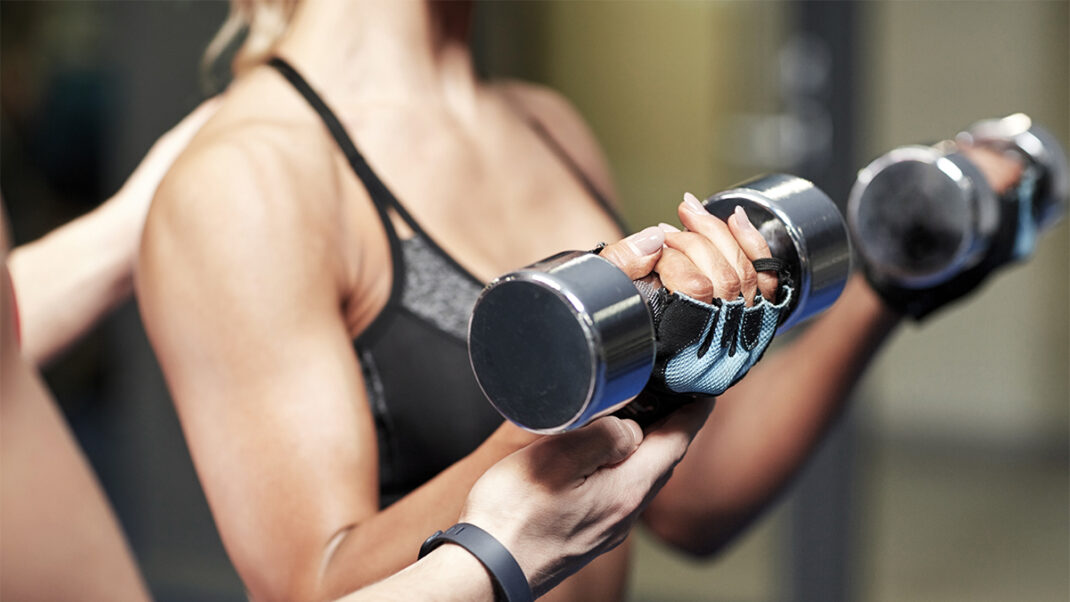Pilates Touchdown
My teenage son Dennis is a high-school football player who suffered a season-ending concussion last fall. Once his doctors had cleared him to exercise, they advised a low-intensity approach to conditioning. He began attending my Pilates reformer classes and incorporated some mat work at home. When he returned to the weight room for off-season conditioning, he noticed a difference in his strength and wished his teammates could share the experience.
Coaches on Board
Many professional football players use Pilates exercise to improve core strength and stamina, increase flexibility and enhance mental focus. In addition, many see a reduction in game-related injuries. Knowing this, I decided to contact my son’s high-school team and offer my Pilates teaching talents to the junior varsity and varsity football teams. Members of the coaching staff were eager to hear more. They’d heard that other successful high-school programs were incorporating Pilates, and invited me to observe the team during a conditioning session.
Prior to attending, I prepared a packet for each coach, outlining the benefits and six original principles of Pilates and noting the parallels with football. We talked about injuries the athletes commonly incurred, as well as their lack of flexibility (i.e., tight hip flexors), knowing that lack of mobility could lead to injury. Conditioning and strength coach Phil Vitalbo, MS, CSCS, was concerned that the players would be bored by a lack of movement in Pilates or would find the stretches too static. I was able to explain how many Pilates exercises, such as prone single-leg kick and shoulder bridge, would keep the team moving while creating flexibility, core strength, body awareness and mental clarity—all needed by athletes.
Applying Principles and Practice
The coaching staff and I agreed to train every other week through the end of the school year, then weekly during summer conditioning. It was then that I began to consider some of the potential obstacles: Did the boys know what Pilates was? Would they take it seriously or be rowdy and disrespectful? What could a petite, middle-aged mom of a player teach a group of tough 14- to 18-year-olds that would enhance their field presence?
At my first session, I had 50 minutes to get these athletes to trust me and buy into Pilates. Rather than using my normal style—a quiet, slower-paced approach that focused on the “how and why” of each exercise—I had to adapt to a large gymnasium (or football field, depending on weather), knowing I’d be addressing up to 70 athletes. We had no special equipment or mats.
From “Teacher” to “Coach”
I came to the conclusion that Pilates would need to be “coached,” not “taught.” Even though I believe in teaching alignment and proper execution, I knew I couldn’t be overly meticulous, as we didn’t have time for that and the players lacked the patience for it. They wanted to move.
When designing the workout, I chose exercises that would address the coaches’ concerns. Some of the selected exercises (i.e., kneeling side leg work) were not “basic” or “fundamental,” yet they offered flexibility and mobility in the hips while giving the team a challenge. To mirror the players’ multiplanar field movements and need for muscle balancing, I chose exercises in all body positions.
I also altered my cuing to make it more analogous to football, suspecting that teen boys wouldn’t buy into descriptive terms like “flowerpot,” “flower stem” and so on. So when players could not sit tall on seated twist, I asked them what was written on the front of their game jerseys. “Ringgold,” they shouted (their school’s name). I explained that I could see only the “R” and the “D.” This made them sit up and open their chests. When they moaned and groaned, I asked them if they would do that on the field. If they couldn’t handle an hour with me, how would they handle an hour on the field with their school rivals? I reminded them that Joe Pilates trained athletes and believed they needed to be both physically and mentally strong throughout the entire game.
Vitalbo and the coaching staff acted as assistants. They watched me correct players’ alignment and then followed suit. They even participated in many of the exercises, showing their acceptance of Pilates, which motivated the players and demonstrated leadership.
Pilates Touchdown!
The program has been a success, which I attribute to the open-minded coaches and my ability to change my approach to Pilates. I drew from my fitness background and my experience as the mother of a teen athlete. The players’ responses have been overwhelmingly positive. The boys are seeing substantial gains in core strength, flexibility and injury prevention. Their form has improved, and they have more body awareness. They see Pilates as a great way to train for mental and physical strength, which can enhance their playing abilities.
For Peggy Gregor’s “Football Pilates Playbook,” please refer to the complete article, “Pilates Touchdown” in the online IDEA Library or in the September 2011 issue of IDEA Pilates Today.






